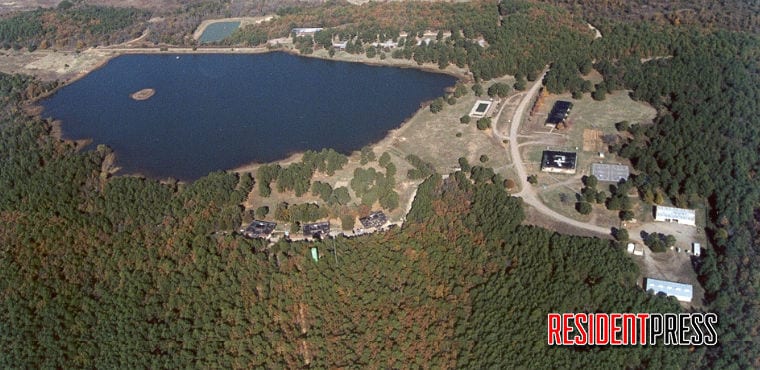This is part one in a series on the Juvenile Treatment Center, located just outside Mansfield. Throughout this series we will take an in-depth look into the program, find out what life is like for the offenders, workers and the impact it has on the area.
What is the MJTC?
The Mansfield Juvenile Treatment Center is a serious offender program, which opened in 1994. The MJTC is the former youth home, Johnny Cake Ranch. Sponsored by John and Jan Martin in 1968 as a child study center, the program ended in 1975 due to lack of grant funding. In 1998, the Division of Youth Services purchased the 236-acre property.
On-site, buildings include several two-story structures, presently being used as the offender residential quarters and education classrooms.
According to the DYS website, “the program at this facility utilizes certain aspects of military dress and discipline to reinforce a comprehensive education and vocational regimen. Both male and female offenders are taught the basics of self-discipline, self-respect, motivation, and a host of other building blocks to becoming a successful adolescent and young adult. These juveniles also participate in a variety of community projects and learn the value of making contributions to the community.”
In 2011, the facility underwent some renovations. The complex includes six dorms and an education/multi-purpose building with a kitchen and dining area.
This site, located in Sebastian County, will, according to the DYS website, “become a primary focus as the division expands its services and capabilities, creating new programs in an environment that is most conducive to helping young juveniles gain a healthy perspective about their lives and promoting opportunity for improvement.” –See related story
The Mansfield location is one of seven facilities within the state, which is ran by the Department of Human Services. Governor Asa Hutchinson recently announced major changes statewide that will affect the Mansfield facility. In the weeks ahead we will go on-site, talk to state officials and report on current issues and plans for the future.
In part two of this series we will look more into what type of offenders come to the facility, and the goals of the program.






